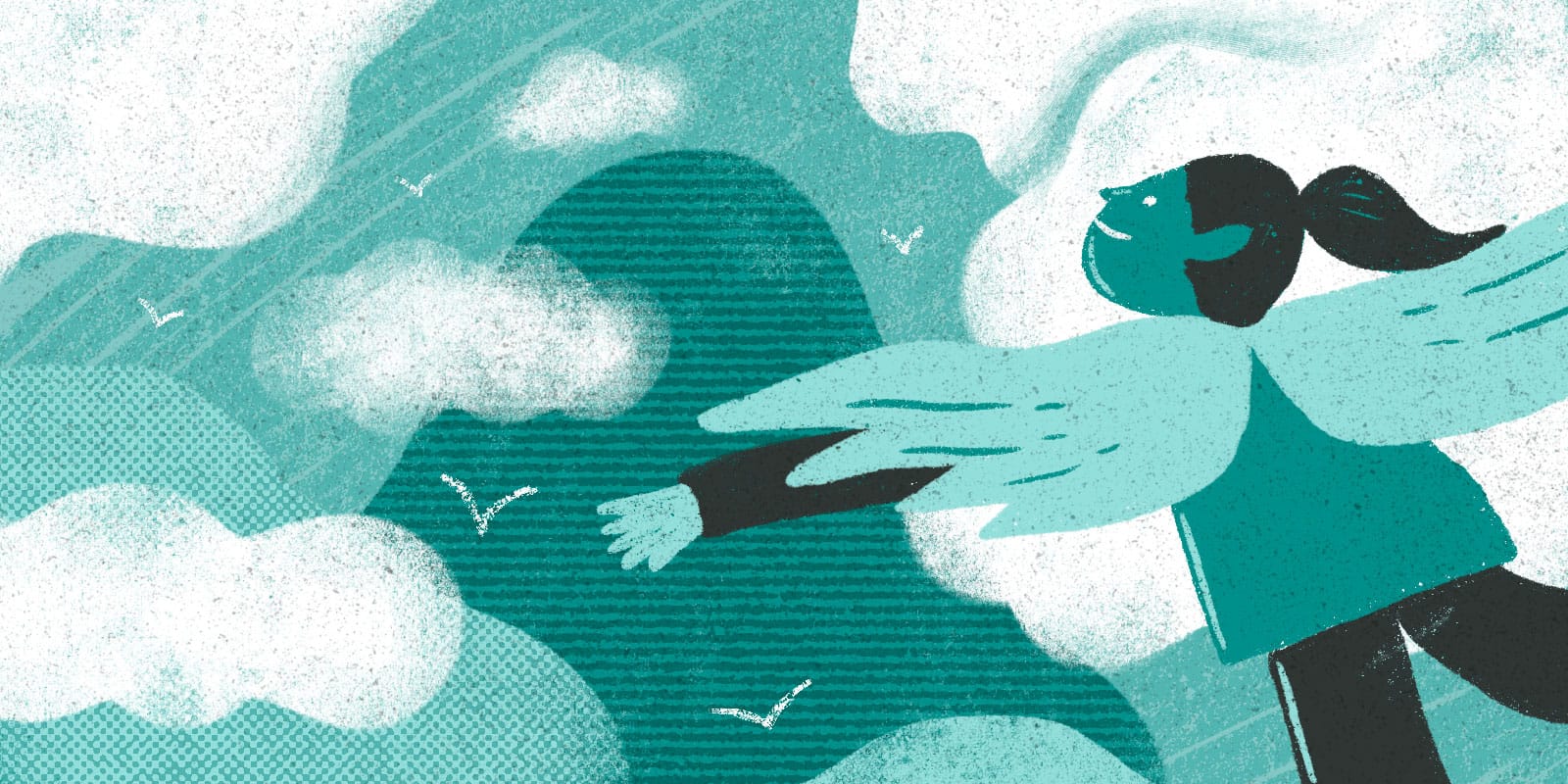
Over the last eight years I’ve worked as a designer in many different contexts: non-profits, startups, corporations, and more. I joined Tighten in 2018 as the company’s first full-time designer. Having the opportunity and freedom to develop a process was daunting, but at the same time exciting. Through this experience, I’ve managed to develop a greater understanding of, and involvement in, design with my non-designer colleagues. However, it can still be tough to go without another designer’s perspective, so below are a few tips that helped me grow as a lone designer.
Follow your own design process
For every project I work on, I go through the same steps as if I were working within a design team. The difference here is that I work directly with product managers to come up with the high-level documentation explaining how we might solve those problems. I start with sketches, mockups, wireframes and prototypes just as if I was in a design team. The difference is, it’s all me.
With a team of one, things don’t always go as planned. Learning to seek feedback early and often is the best way to ensure we’re heading in the right direction. Even if the design is still in progress, it is important to share our work. It enables us to grow professionally and learn from other people’s perspectives.
Step out of your comfort zone
I started my design career on a team of designers. Moving to a company where I was the only designer forced me to step out of my comfort zone.
On a large team the design responsibilities were shared. Here, there’s no one else but me, which has pushed me to experiment with different tools and processes. A good thing about all of this is that it allows me to learn tools I wished to try - for example, if I wanted to try out “Figma”, I could just adopt it for one of my projects without disrupting anyone else.
One of the costs of working solo is that you have to define your own process; but that’s also one of the benefits. When the situation or client changes, you can just change your process.
Personal Growth
Working with such a variety of projects and clients across such a range of industries has provided me with opportunities I would never have as a small cog in a larger organization. It’s also exposed me to different personalities and priorities. I’ve grown incredibly in my empathy and social skills in learning to work well in so many different settings
Learning from everyone else
There are times when it would be nice to be able to ask other people on the design team who have a similar experience for advice, but they’re not around. However, I work with project managers and programmers and their feedback is an essential part of my design process.
Thus I’ve managed to develop a greater understanding of my non-designer colleagues. They are a very important part of my design process and I rely on their feedback to keep improving. The challenge of going solo gave me an opportunity to see how everybody’s unique focus and perspectives can inform design.
Conclusion
Every day we learn new lessons by working on interesting projects, facing new challenges and trying new things. We should aim to constantly improve our processes and products through collaboration with other teams and self-reflection.
Being the sole designer within a company can be lonely and challenging, and might not be suitable for everybody but it’s also a great way to learn. Creativity often thrives under constraints.
in your inbox:
let’s talk.
Thank you!
We appreciate your interest.
We will get right back to you.
